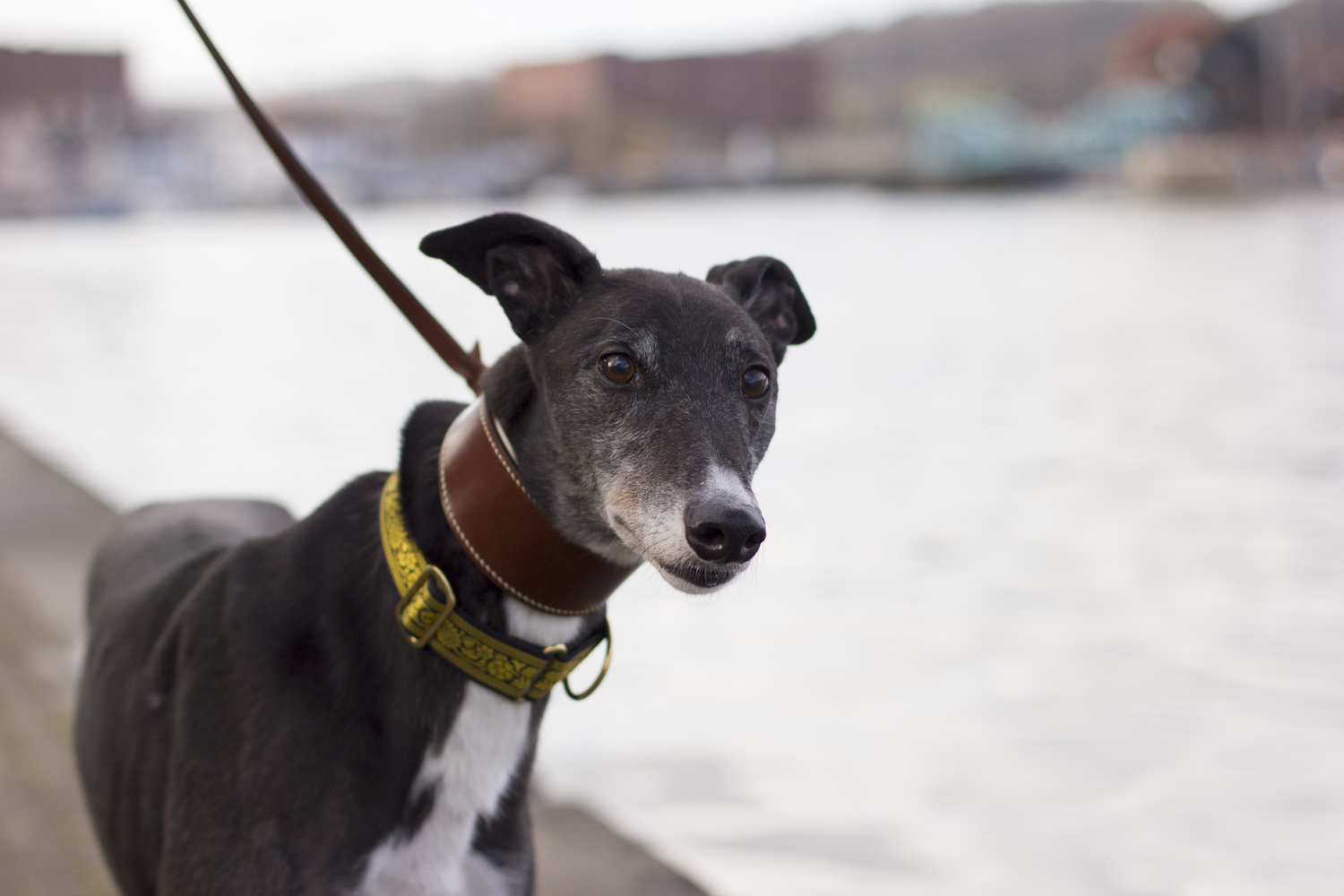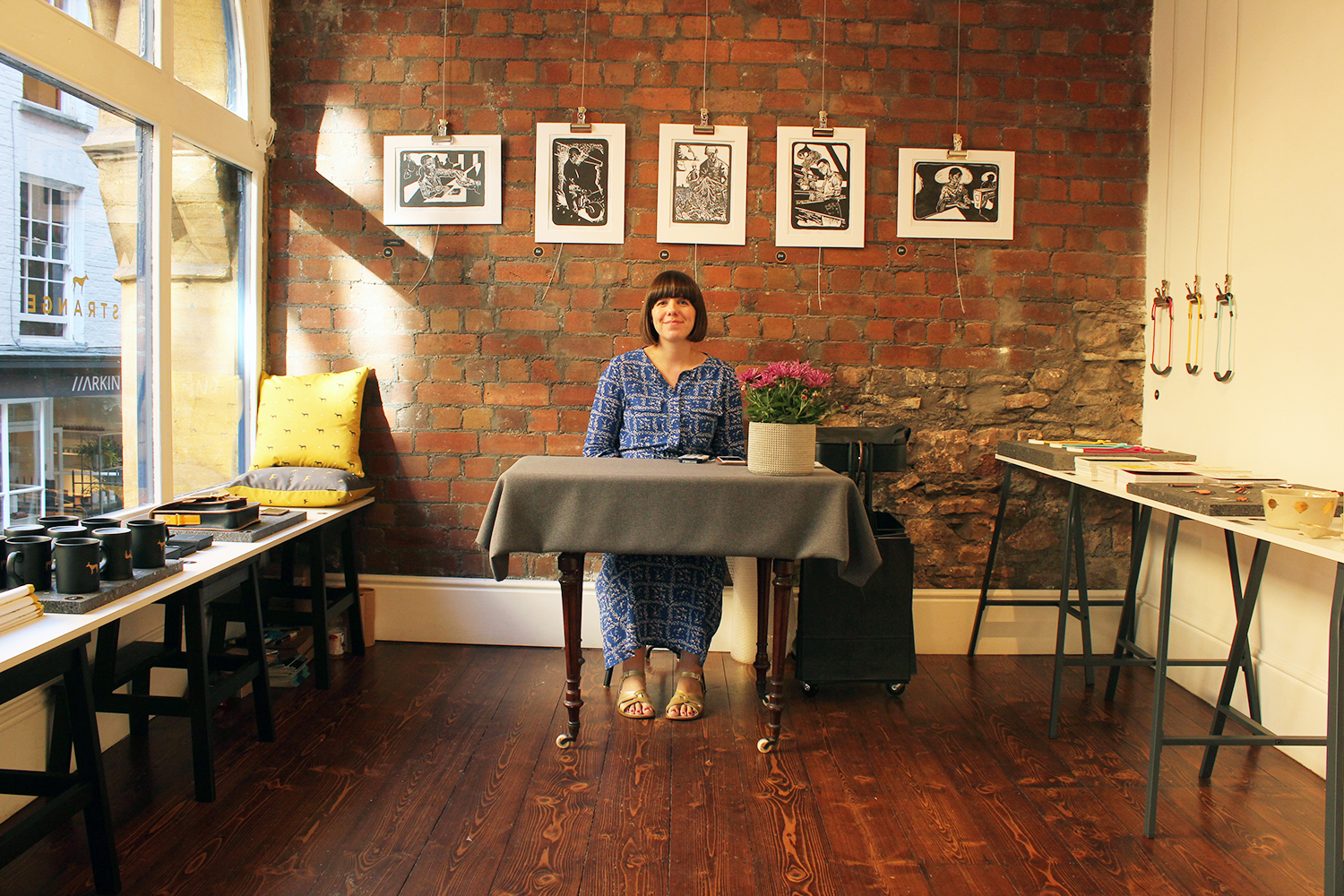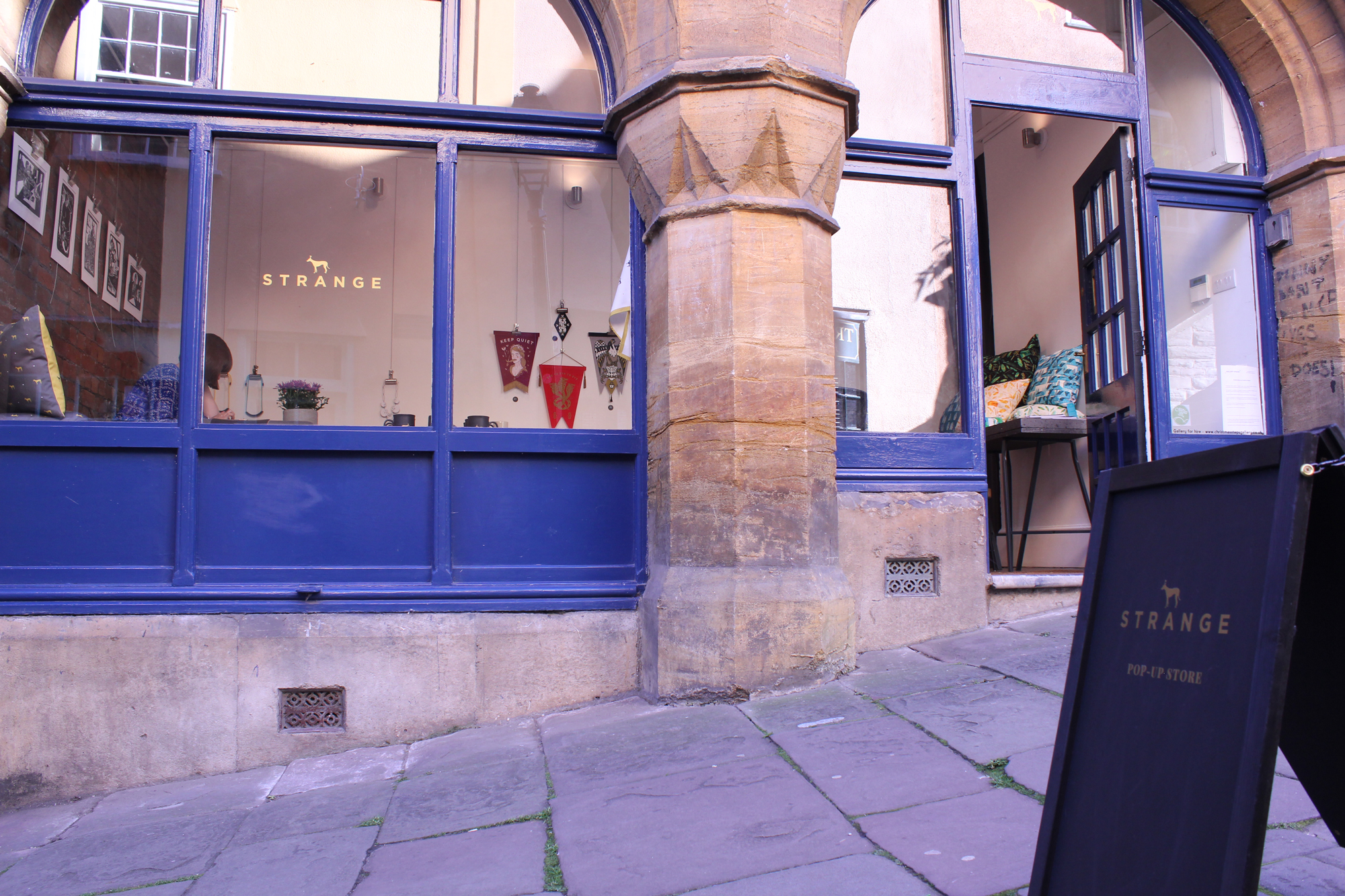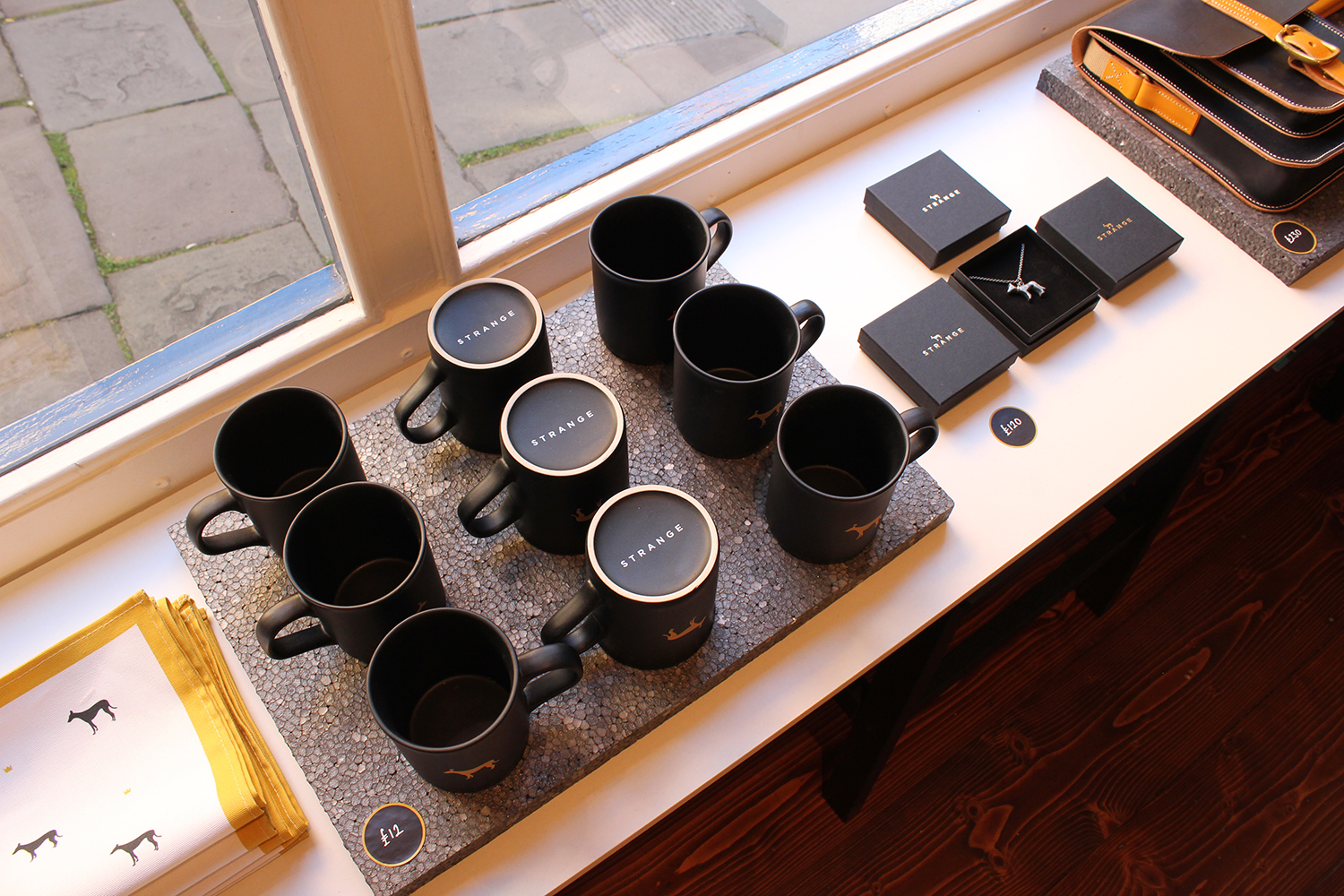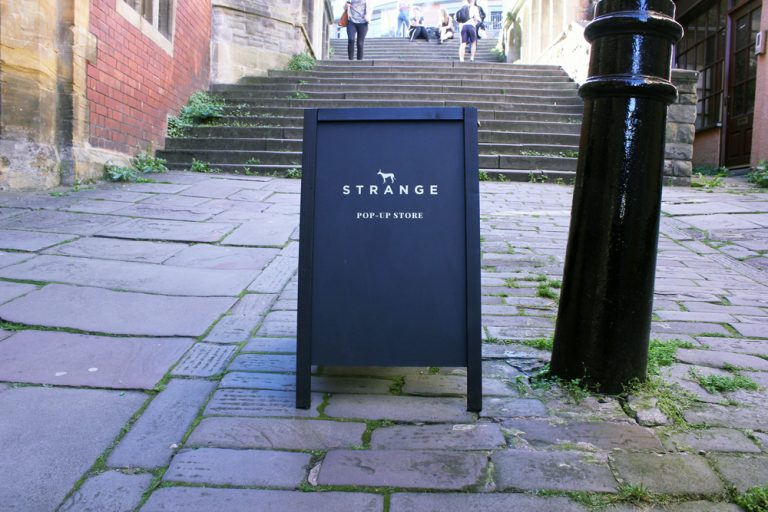In-Focus: STRANGE Bristol
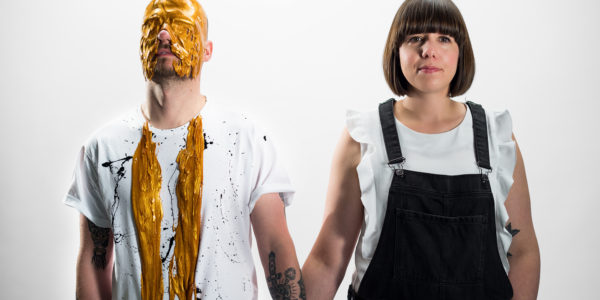
From designing festival titles for OFFF Barcelona, swiftly followed by the release of his first book Do Fly and a flurry of speaking engagements at leading design conferences for much of the Summer, 2016 looks to be one of the best yet for Bristol designer Gavin Strange.
With a reputation for throwing himself into the deep end and trying his hand at everything under the sun from animation to product design, illustration and film, it’s perhaps no surprise that Gavin Strange‘s latest venture sees him move into the world of retail – with a twist.
Teaming up with his highly successful and talented wife Jane Kenney, herself a local jewellery maker, STRANGE Bristol cements the pair’s creative ambitions to champion craft and graft. Launching their boutique online store with a celebratory pop-up in August, their focus is on unique, hand crafted artwork, furniture, homewares, prints and leatherwork produced by themselves and ten very select ‘Strange’ friends.
We caught up with him and Jane on the road back from Brighton following his recent turn on stage at Reasons.to to find out more..

It’s been an incredible year for you so far, Gav and we’ve loved hearing about STRANGE. Can you tell us more about the concept, and the name?
When me & Jane were discussing about doing this, we wondered what to call it but we were also planning our wedding at the same time. my surname is ‘Strange’ and after our wedding Jane would also be ’Strange’ so we just thought ‘Why not!?’. If you know us, it means something, if you don’t, it’s just a word – it felt right!
For our logo, the dog silhouette is our own dog ‘Arnie’, who’s a rescue retired greyhound. We fell in love with the breed when we adopted him, and have since put him in all our work in some form of another!

With calling the company after our surname, it only felt right that the logo should be our dog. There’s that great James Joyce quote: “In the particular, lies the universal” and that really felt right to us. If you make something so personal to you, it actually resonates far further than just you. So hopefully by us being honest and personal, people will see that and enjoy what we’re up to!


Rather than t-shirts (often the obvious choice) you’ve chosen to focus your efforts on stocking bespoke jewellery, decorative banners, and one-off wall pieces – we’re curious to find out how you found yourself down this path and the reason behind this choice?
GS: I think it’s a combination of both our styles – with Jane being a jewellery designer and me being a graphic designer, it naturally meant we had different interests and inspirations, so the work we make and stock is varied. We both had a clear vision of the type and quality of work we wanted to make and sell though, so even though the artists themselves and the work they make is different, their level of craft and quality isn’t, it’s all blooming’ marvellous!
We just want to sell the things we love ourselves. It’s so indulgent, we want to keep all the stock – that’s surely a good sign, right!?
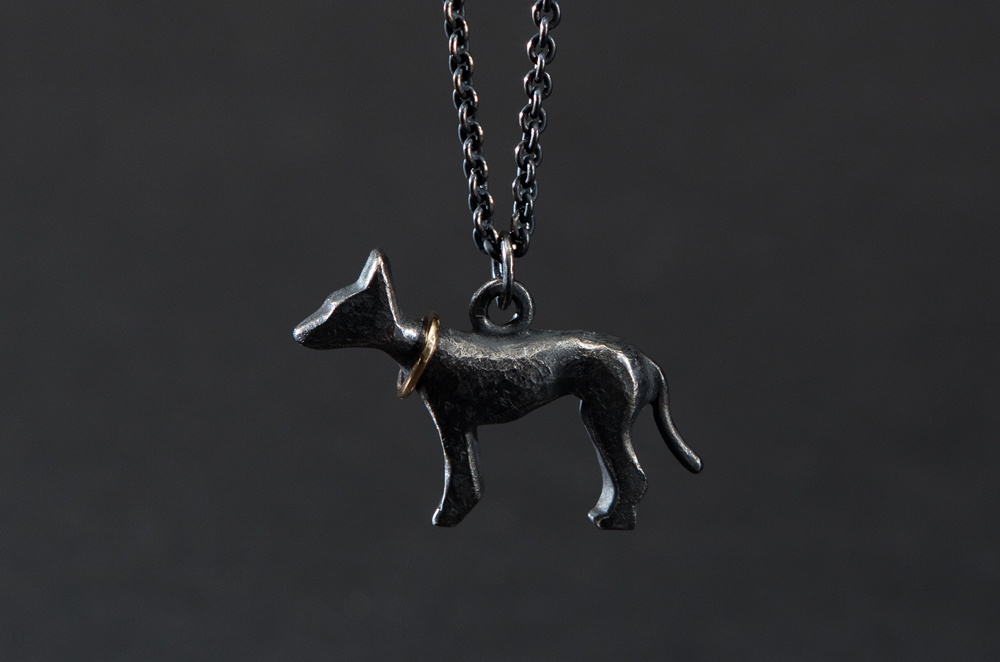
Jane, can you talk us through the technical process of producing one of your pieces. We understand everything is made in extremely small quantities?
JS: I use a variety of processes but they all begin with a sketch or a doodle. The creative process really begins when I’m working with the material, be it silver or gold, and the design develops as I’m physically manipulating the actual metal in sheet or wire form. I make everything by hand in my Bristol based workshop and use a mix of techniques; forming, soldering, setting, plating, engraving and hammering.
The finish is really important to me too, I like to hand-hammer each piece to give it a bit of shape and texture. Other times, like with the STRANGE ‘Rockmount’ necklace (above), I gave the silver a black oxidised finish for a beautiful matte effect.
I do work in small quantities – with commissions they are one-off pieces of course but then when I’m creating pieces for my stockists, I may make up to 15-20 pieces, but they still have to be hand-made by me.

How does running a side business / online store compliment and inspire your freelance design work?
They work really well, it’s just a matter of making the time and having a schedule. Jane runs the business day to day, alongside her jewellery designing and making, and I do the graphical work in the evenings after work. Personally I don’t do any freelance work – I love my day job so my evenings are spent on personal projects I can just throw myself into and don’t have to worry about money or clients or anything, they’re a pure indulgence! Jane makes her own jewellery collection and also accepts commissions, so she balances that with managing orders, customers and fulfilment.

Is it an affective self promotional tool for securing client work or are you connecting with a different customer entirely?
I think it’s a different customer really, STRANGE is more a stand-alone brand / retail venture, whereas Jane’s work is a more unique customer-to-designer process. We like that they’re different avenues for creation. We’re writing this as we’re driving and we’ve been discussing STRANGE the whole way, about how to grow it and how to make it a brand itself as well as a store for selling beautiful items!
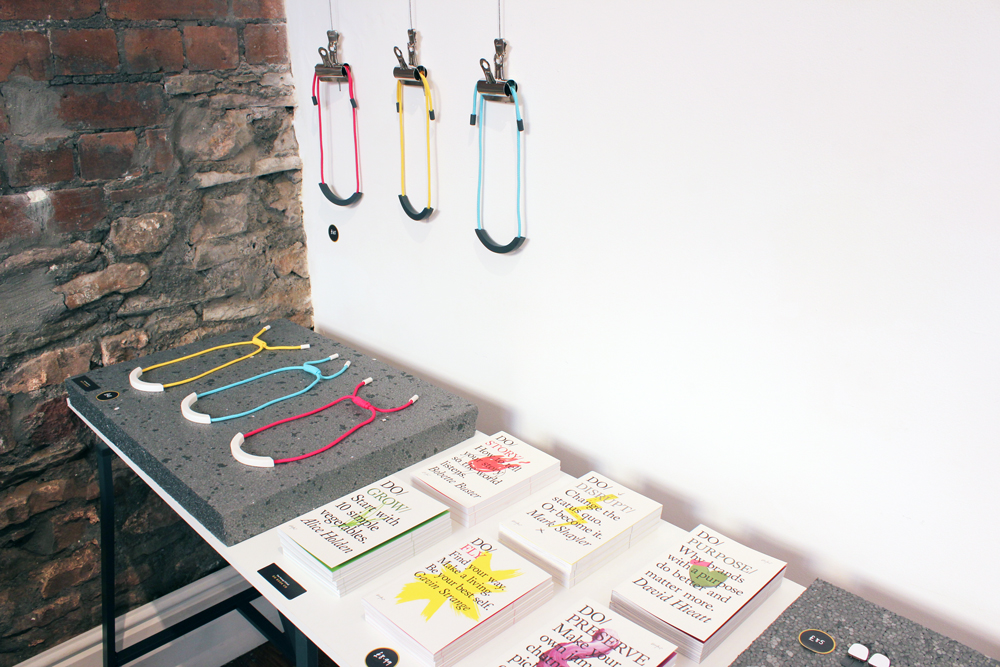
We know you’ve dabbled with product collaborations before (pins for example), but launching a business together is a completely different ball game – how do you manage running business with your spouse without driving each other crazy? Do you both have very different roles?
Well, we’re very patient with each other. With us both being creative we both recognise when the other is in that hazy-crazy slightly wild-eyed state of when things aren’t working out perfectly! So we’re there for each other as support.
We do have different roles too, I’ve been handling the graphic design of the brand, products and website and Jane’s handling the jewellery and running of the business. We both curated the ten brilliant ’Strange Friends’ together and we’re just very comfortable tackling everything together.

How do you source, select and agree terms with the artists you work with?
It was a really natural process. Some artists Jane has admired for years, others I’ve admired for years. Some people Jane & myself found by going to trade shows, others are family members (my brother Daniel, who’s an artist). We didn’t have a prescribed way to find people, they’re all individuals who’s work and craft we love!
As for terms, we wanted to be as ‘human’ as we can. By that we mean just things like the terms and conditions are written with normal language, not a bunch of complicated scary words. So instead of sending a sale or return agreement, we wrote a series of honest promises with our names & signatures. Just trying to make every interaction and communication as honest and human as possible.

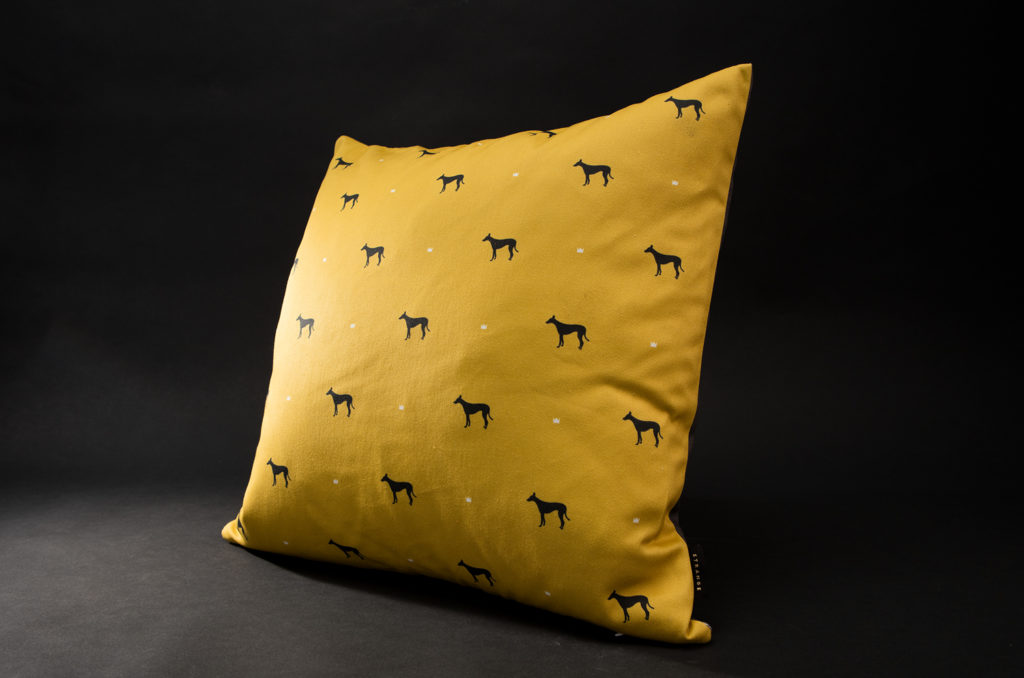
You launched the brand with a pop-up in Bristol for the month of August – can you tell us about the experience and response from visitors?
It went really well! In all honesty, we planned the pop-up as just a bit of an experiment, a way for people to see the products for real, before launching online. We didn’t know if anyone would visit, we didn’t have any expectations but we were totally blown away by the response!
We had lots of visitors. Friends, family, people who had heard about the store online – but also total strangers who happened upon the space. It was a really nice experience to talk about what we were doing, explaining what the products were about and waxing lyrical about the brilliant ‘STRANGE Friends’ and the story behind them all.
It was also great to have an empty space and to totally make it exactly how we wanted. We barely had any money so were on a really tight budget but with a few trips to Ikea and B&Q and a little imagination we turned a small empty space into a mini store for a few days.


Has the experience propelled you to consider opening a permanent store or running regular pop-ups?
It’s definitely made us want to do regular pop-ups! We already liked the idea of doing them, but the launch pop-up and incredible response we had confirmed it for us – we even spent the last week researching places for Christmas. Pop-ups are just a great idea for small businesses and start-ups to have a physical presence without the weight and financial burden of signing a lease on a store. Also, we definitely noticed more of an urgency to come visit and buy something because we were only there for a few days.
We’d love a permanent bricks & mortar store but the reality is nigh on impossible. Shop rents and business rates are so high, unless you have some serious capital behind you it’s not really an option. One day though, that’s the dream!

What can designers gain from exploring product making as an extension of their creative practice?
I think it’s so rewarding! Especially if you specialise in pixels, seeing those little dots of light come together in a physical item feels great. I’d fully recommend just doing it without a plan, without a sales goal in mind – just do it!
Learning about manufacturing, sourcing reputable suppliers, forging new relationships with people who can make your ideas and your designs come to life is really exciting! Don’t worry about the money side of things too, don’t do it to make money, do it to learn something new (and then hopefully the money will come after that). There’s never been a better time to bring your pixels to products, the work comes upfront: researching manufacturers and getting samples – it’s great fun!
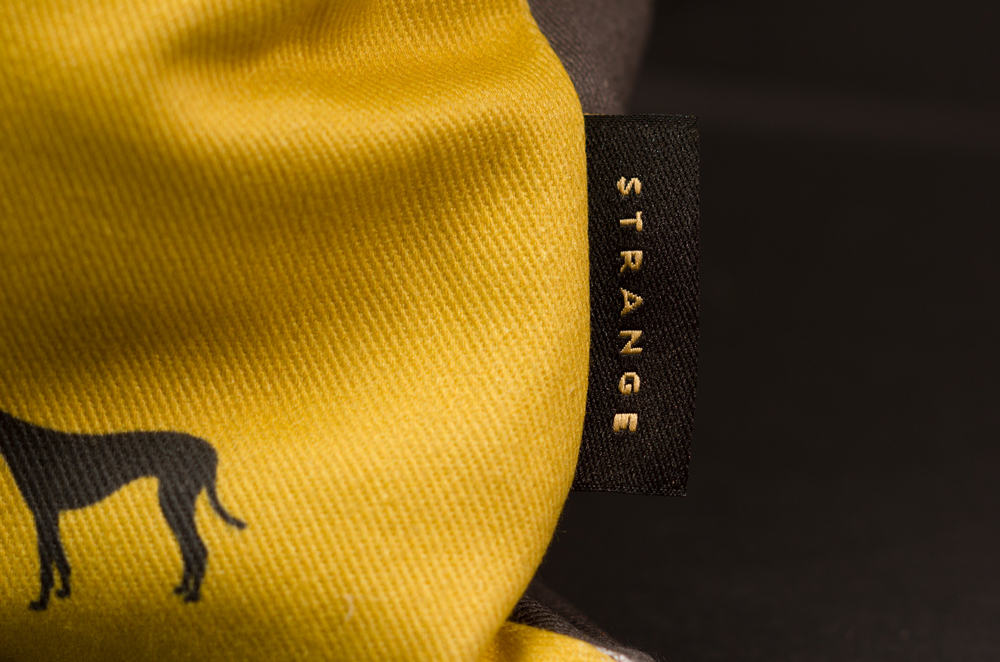
Gav’s top tips for making and selling:
1. Just start. Don’t worry about what you don’t have and concentrate on what you do have. As soon as you get momentum and you realise you ARE doing it, you’ll kick into gear and then you’re on your way!
2. Make what you want to see in the world. Make something that really matters to you. It doesn’t matter if it’s the most ridiculous thing in the world or it’s a life-changing world-altering ideas – both are valid, make things you believe in!
3. Your USP is you. Don’t get caught up with what anyone else is doing, even if you are making identical things, the end result will be different because it’s your vision, your execution, your skills. Don’t waste time comparing yourself to others, use that time to move forwards!
strangebristol.com
All products featured are available to buy online via Strange Bristol for a limited time only. If you’re an independent seller and interested in getting involved with Strange Bristol, visit their website for more details.



